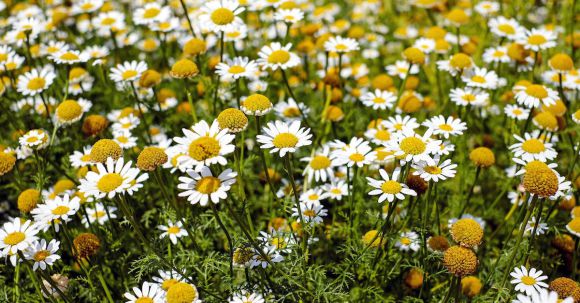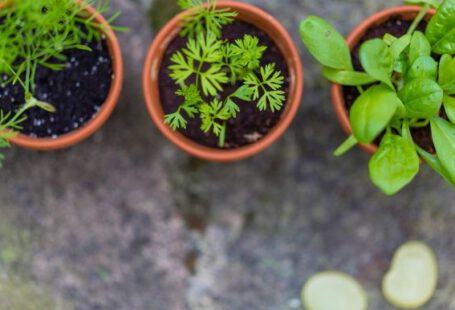Growing your own medicinal herbs at home can be a rewarding and cost-effective way to take control of your health and well-being. With a little planning and care, you can create a thriving garden filled with nature’s healing wonders. In this article, we will explore the benefits of growing medicinal herbs at home, the most commonly grown herbs, and some tips to help you get started.
The Benefits of Growing Medicinal Herbs at Home
There are several advantages to growing medicinal herbs at home. Firstly, you have complete control over the growing conditions, ensuring that your herbs are free from pesticides and other harmful chemicals. This means you can be confident in the quality and purity of the herbs you use for your health remedies.
Additionally, growing medicinal herbs at home allows you to have a fresh and constant supply of these healing plants. Many medicinal herbs lose their potency over time, so having a fresh supply on hand ensures that you are getting the maximum benefits from the herbs.
Most Commonly Grown Medicinal Herbs
1. Chamomile: Known for its calming properties, chamomile is often used to relieve anxiety and promote better sleep. It can also be used topically to soothe skin irritations and reduce inflammation.
2. Lavender: Lavender is well-known for its calming fragrance, which can help reduce stress and anxiety. It also has antibacterial properties and can be used to treat minor cuts and burns.
3. Peppermint: Peppermint is a versatile herb that can aid digestion, relieve headaches, and soothe muscle pain. It can also be used as a natural insect repellent.
4. Echinacea: Echinacea is commonly used to boost the immune system and fight off colds and flu. It can also help reduce inflammation and support overall wellness.
5. Lemon balm: Lemon balm has a refreshing citrus scent and is often used to relieve stress and promote relaxation. It can also be used topically to soothe insect bites and stings.
Tips for Growing Medicinal Herbs at Home
1. Choose the right location: Most medicinal herbs prefer full sun, so choose a location in your garden that receives at least six hours of direct sunlight each day. Ensure that the soil is well-draining to prevent waterlogged roots.
2. Start from seeds or seedlings: You can start your medicinal herb garden from seeds or purchase small seedlings from a nursery. Follow the instructions on the seed packet or consult a gardening guide for specific planting and care instructions for each herb.
3. Provide proper care: Water your herbs regularly, keeping the soil evenly moist but not waterlogged. Fertilize them every few weeks with a balanced organic fertilizer to promote healthy growth. Remove any weeds that may compete with your herbs for nutrients.
4. Harvest with care: When it’s time to harvest your herbs, do so in the morning when the essential oils are most concentrated. Use sharp scissors or pruning shears to cut the stems just above a set of leaves. Leave enough foliage on the plant to ensure continued growth.
In conclusion, growing medicinal herbs at home is not only possible but also highly beneficial. With the right knowledge and care, you can cultivate a garden filled with nature’s healing wonders. Whether you have a large backyard or a small balcony, there are plenty of options for growing medicinal herbs at home. So why not give it a try and start reaping the benefits of these natural remedies today?





